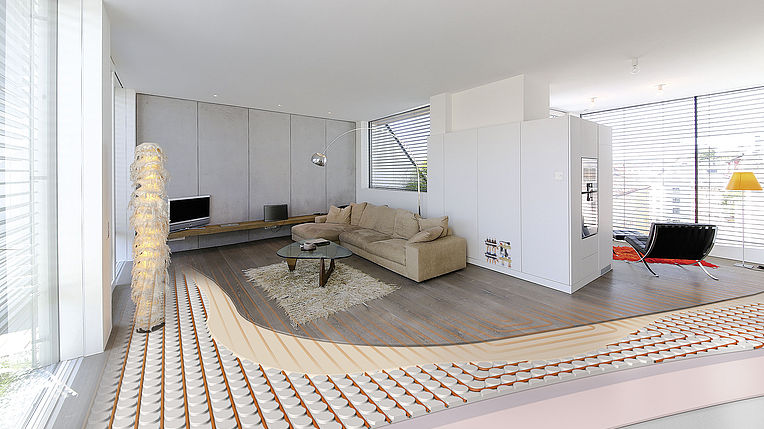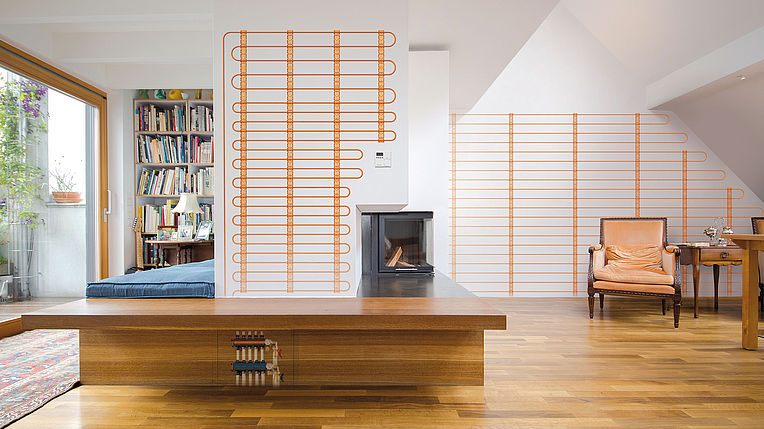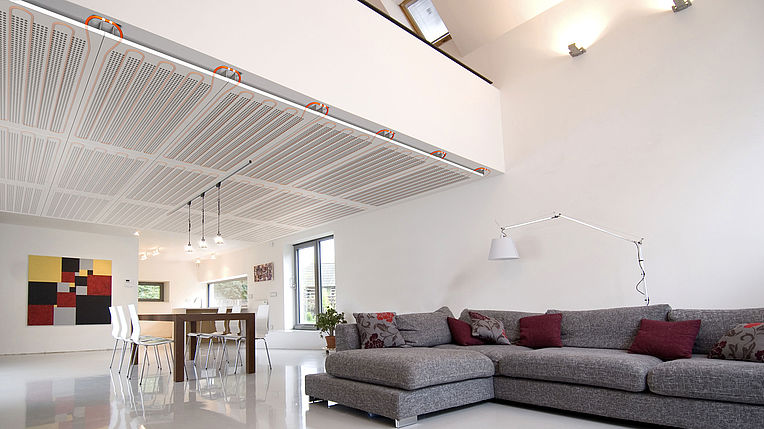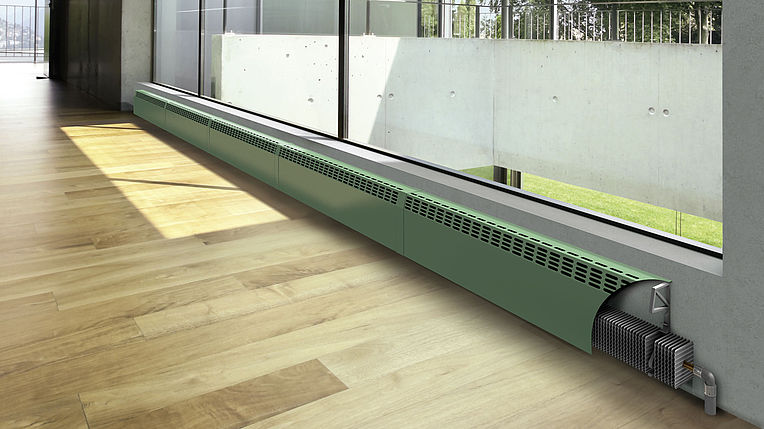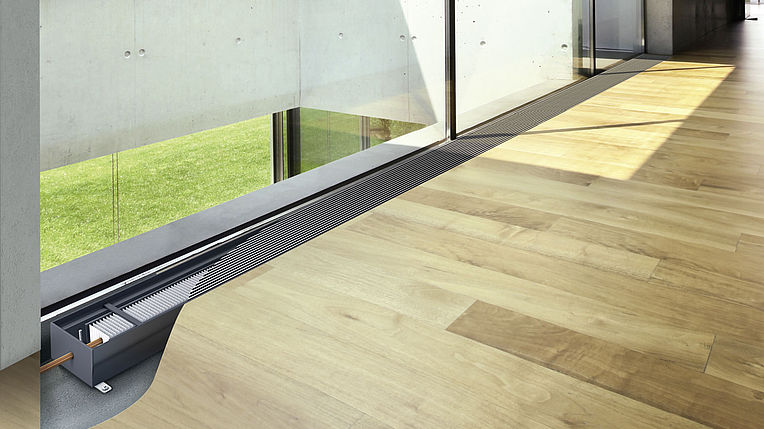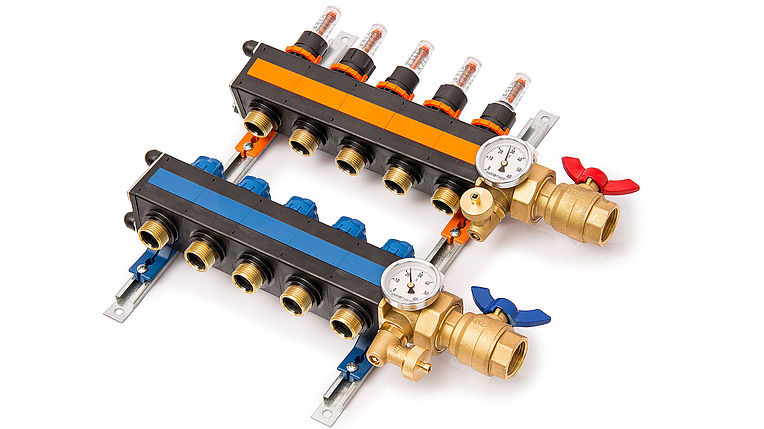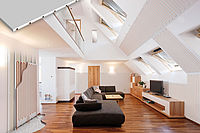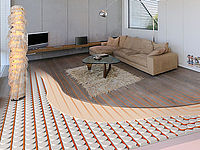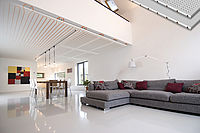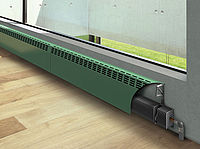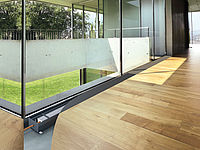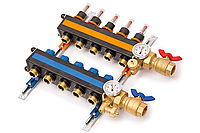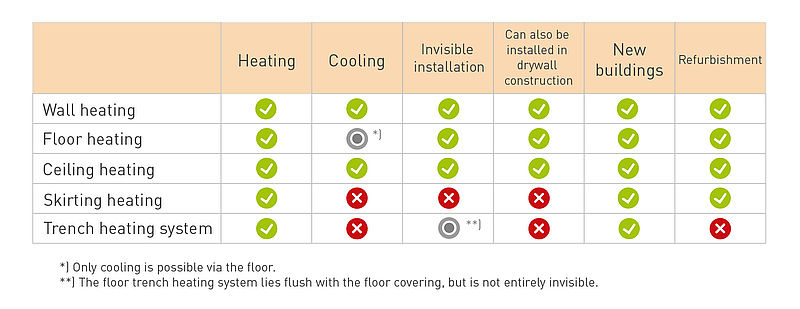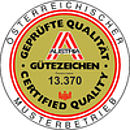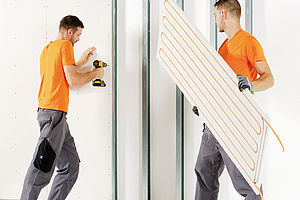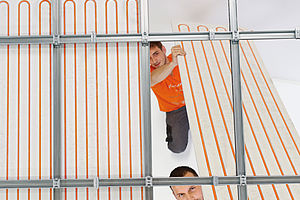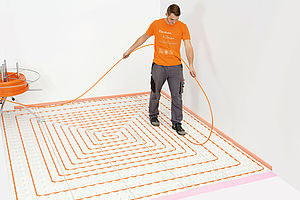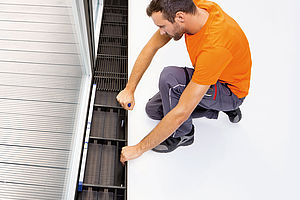HEATING SYSTEMS: WHICH IS THE RIGHT ONE FOR YOU?
More comfort in your home with Variotherm heating systems
Anyone building their own home or planning to refurbish their heating system will sooner or later be faced with the question of which heating system is the best. The decision depends on many different factors: the building conditions, the existing or planned heat generators or the desired interior furnishings. Variotherm offers individual solutions with a number of different heating systems.
Heating systems at a glance
Wall Heating
Wall heating offers the greatest comfort of all surface heating systems. The heating surfaces enclose the entire room and emit gentle warmth. During the summer, the same system can be used for comfortable cooling. The wall heating system can be installed under plaster or in drywall construction.
Floor heating
You’ll never have cold feet again! With floor heating, you enjoy comfortable radiant heat from below. The floor stays comfortable all year round. Floor heating systems work with lower flow temperatures. As a result, there is almost no convection, and the room stays free of swirling dust. Not only that: there are no unattractive radiators, and you can design your interior as you wish.
Ceiling heating
Ceiling heating offers comfortable warmth from above. As a surface heating system, it uses the entire surface in order to transfer the heat. The pleasant radiant heat is emitted at right-angles to the surface. With ceiling heating, therefore, it is emitted from above to below. This means that the room is comfortably warm and there is enough space for designing the interior just how you want it
Skirting Heating
The skirting heating system is installed along cold outer walls and creates a warm air curtain within a short space of time. The cold stays outside. Skirting heating systems are quick to install, whether in a new building or as part of a refurbishment project. They are installed close to the floor on the side of outer walls inside the room.
Trench Heating
Windows that extend down to the floor offer a wonderful view, but during the autumn and winter months, the cold penetrates through the large glass surfaces into the room. At low temperatures, the room feels uncomfortably cool. Trench heating is the best solution for large glass surfaces: the underfloor convectors build up a warm air curtain along cold glass areas.
Distribution and Control
The heating and cooling manifold regulates the flow volume and distributes the water evenly in the surface heating and surface cooling systems. This means that rooms are perfectly tempered via the floors, walls and/or ceiling; they feel pleasantly warm and comfortably cool.
This is what we’re proud of
Frequently asked questions
What kinds of heating systems are there?
Heating can be provided via the floor, walls, or ceiling. From drywall construction and screed to plastered interior finishings, surface heating and surface cooling systems can be adapted to all types of construction. Due to the radiant heat, the heat is emitted at right-angles and provides a comfortable room climate. Floor trench heating systems or skirting heating are the best option in front of large glass surfaces. Which heating system is the right one for you?
Which heating system is best for new buildings?
Whether you choose to heat via the walls, floor or ceiling, surface heating systems can be installed in screed or under plaster, and are also suitable for drywall construction. When surface heating is installed, the same system can also be used to provide comfortable cooling during the summer if the right energy generator (e.g., a heat pump) is used. You’ll find an overview of all heating systems here.
Can I also cool with wall or ceiling heating?
With water-bearing wall or ceiling heating, the room can be cooled comfortably and healthily during the summer. Instead of warm water, cool water flows through the heating pipes and draws excess heat out of the body. Wall and ceiling cooling operates silently and can also run at night. Find out more about surface cooling here.
